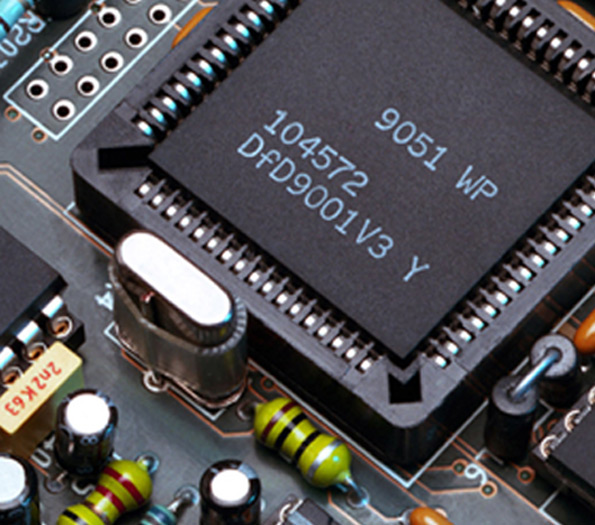

Exploring the Price Factors of 12mm Tempered Glass
Tempered glass, also known as toughened glass, is widely recognized for its strength and safety features. With a wide range of applications, it is commonly used in construction, automotive, and various industrial settings. Among its many specifications, 12mm tempered glass stands out due to its robust characteristics, making it a preferred choice for many projects. In this article, we will explore the factors that affect the pricing of 12mm tempered glass, providing a detailed understanding for consumers and industry professionals alike.
Understanding Tempered Glass
Before delving into pricing, it's essential to grasp what tempered glass is. Unlike standard glass, which can shatter easily, tempered glass is heat-treated to increase its strength and resistance. This process involves heating the glass to over 600 degrees Celsius and then cooling it rapidly, creating internal compressions that enhance its durability. Because of this treatment, tempered glass can withstand high pressure and thermal stress, making it ideal for both interior and exterior applications.
Key Factors Influencing Price
Exploring the Price Factors of 12mm Tempered Glass
2. Material Quality The quality of raw materials used in the production of tempered glass can also vary. Glass that is produced from higher quality raw materials is generally more expensive. This is due to the better optical clarity and durability it provides, factors that are crucial for many applications, particularly in architectural settings.

3. Thickness and Size The thickness of the glass plays a pivotal role in its price. At 12mm, the thickness provides a good balance between weight and sturdiness, making it suitable for various applications. However, the larger the dimensions, the more expensive the glass becomes due to increased material usage and potential wastage during cutting and handling.
4. Customization and Finishing Many clients look for customized solutions. Tempered glass can be processed further, including options like cutting, edging, or coating. Each of these processes adds to the overall cost. For instance, etched or screen-printed designs will incur additional charges, which can significantly increase the price.
5. Market Demand Like many commodities, the price of tempered glass fluctuates based on market demand. In periods of high demand, such as during construction booms, prices may rise due to competition for available products. Conversely, during economic downturns, prices may drop as suppliers look to maintain sales.
6. Transportation and Logistics Delivery costs can also impact the final price of 12mm tempered glass. Given its fragility, tempered glass requires careful handling and transportation, which can add to the overall expenditure, especially for larger orders or those requiring expedited shipping.
Conclusion
In conclusion, the pricing of 12mm tempered glass is influenced by a myriad of factors ranging from manufacturing processes and material quality to market demand and customization options. For consumers and businesses considering the purchase of tempered glass, understanding these price determinants is crucial for making informed decisions. By considering the specific needs of a project—be it aesthetics, safety, or functionality—buyers can navigate the market effectively to find solutions that meet their requirements while staying within budget. As the construction industry and other sectors continue to evolve, innovations in tempered glass manufacturing may further shape its market landscape, influencing both quality and pricing in this essential material.